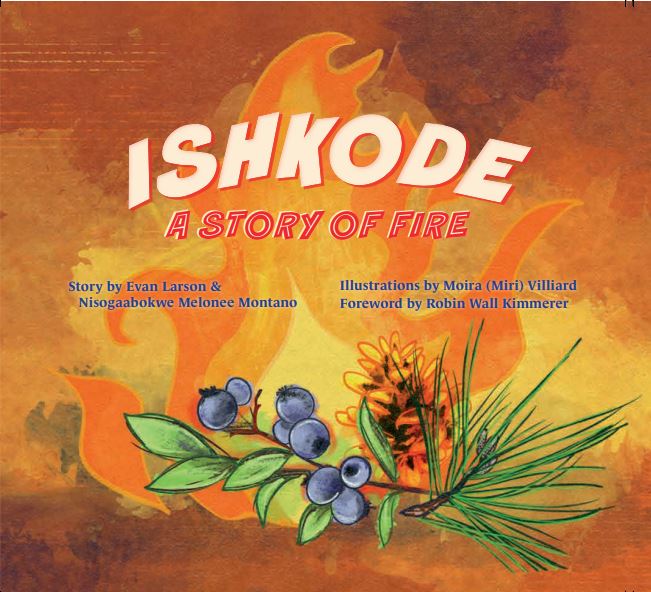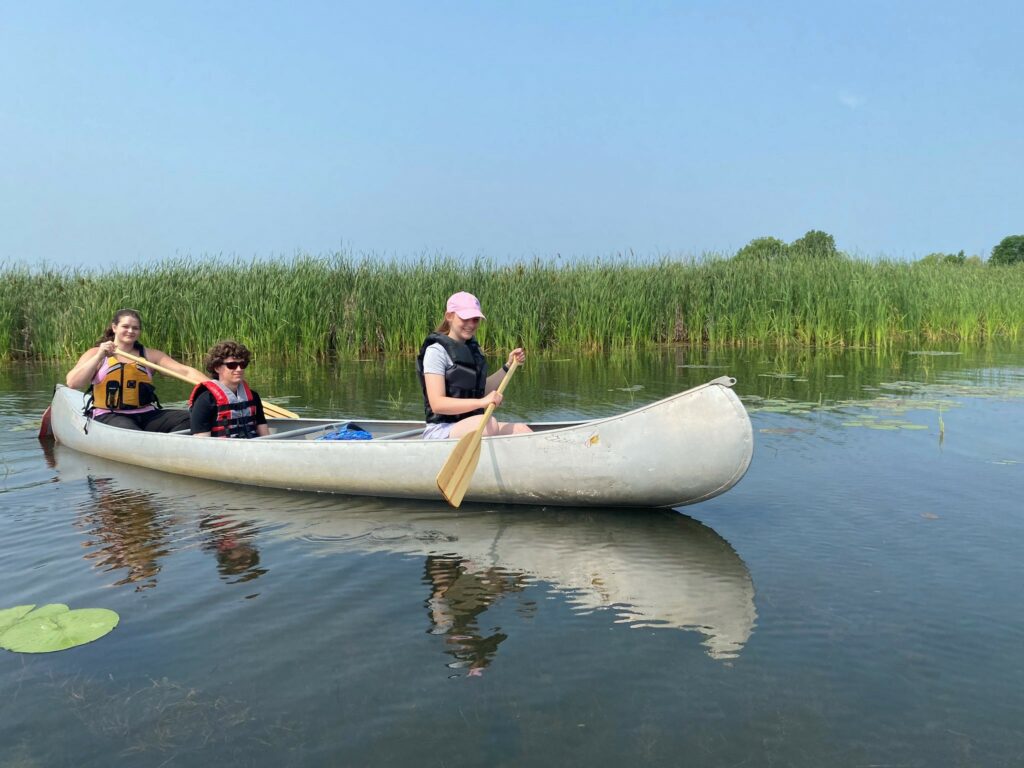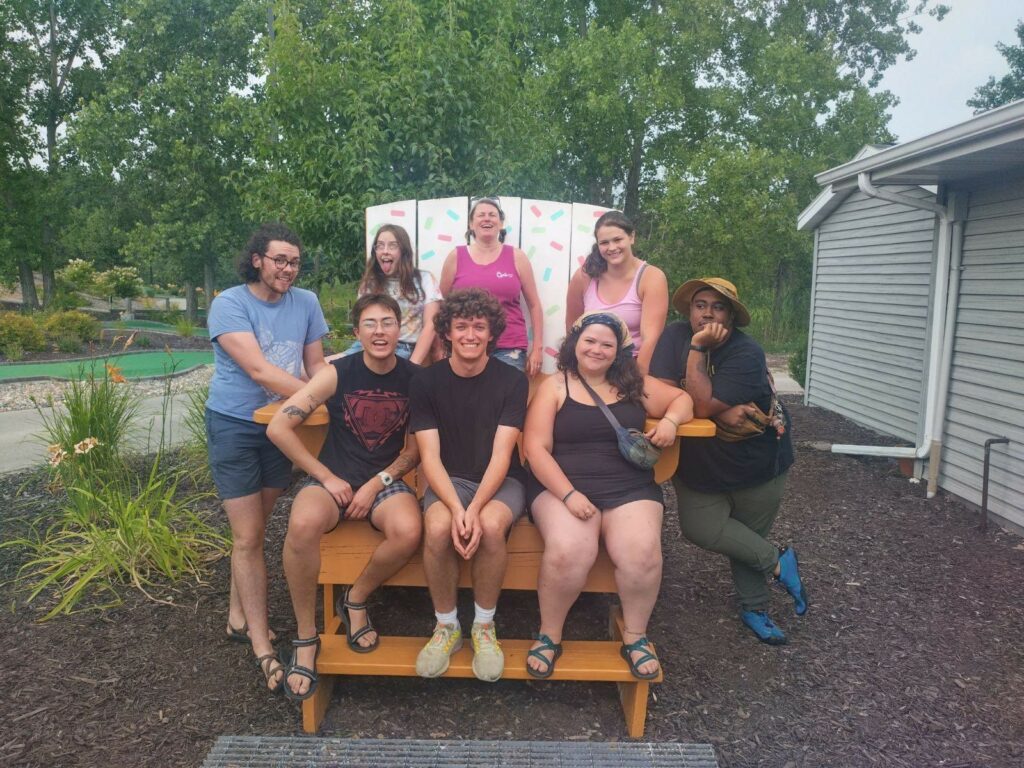Sea Grant research project inspires children’s book

A Wisconsin Sea Grant-funded research project about the role fire historically played on Wisconsin and Minnesota points along Lake Superior is the topic of a new children’s book.
“Ishkode: A Story of Fire” was authored by research project managers Evan Larson and Nisogaabokwe Melonee Montano with a forward by Robin Wall Kimmerer. It features illustrations by Moira Villiard and was published by Black Bears and Blueberries Publishing of Wisconsin. The story invites readers into a stand of ancient red pines where a grandmother red pine, who has witnessed centuries of connection between people, fire and the land, guides a young woman toward healing and renewal.
“The book is a celebration of hope, healing and lessons we can learn from the land,” said Larson, a professor in the department of environmental sciences and society and a dendrochronologist with the University of Wisconsin–Platteville. He said the book emerged from over a decade of collaboration among Great Lakes researchers and community members. “‘Ishkode: A Story of Fire’ intertwines Indigenous and Western scientific knowledge to share a story of the deep, long-term relationships among people, fire and pines—and the wider web of life in Great Lakes ecosystems, including blueberries,” Larson said.
“The Anishinaabe used fire for ceremonies, to promote plant growth, and to care of the land,” said Montano, a Red Cliff tribal member and a University of Minnesota graduate student who is managing the research project with Larson. “The intentional, controlled use of fire by people shapes fire history in the region. Our book brings these connections to light.”
Larson added, “Our intent was to share the lessons we learned through this work, not just scientists and managers, but also children. When we first started talking about creating this book, I had a vision in my mind’s eye of a grandmother or parent reading to a child, and in that way, starting to rekindle the stories around fire that have been shared for generations. This is one way we can help rebuild a positive relationship with fire as a society – from the ground up with our children, creating opportunities for generations to come to recognize fire as an important part of Great Lakes landscapes and cultures.”
More information about the Ishkode project can be found here. “Ishkode: A Story of Fire” is available in hard cover for $17.95 from Black Bears and Blueberries Publishing.
The post Sea Grant research project inspires children’s book first appeared on Wisconsin Sea Grant.News Releases | Wisconsin Sea Grant
News Releases | Wisconsin Sea Grant
https://www.seagrant.wisc.edu/news/sea-grant-research-project-inspires-childrens-book/


